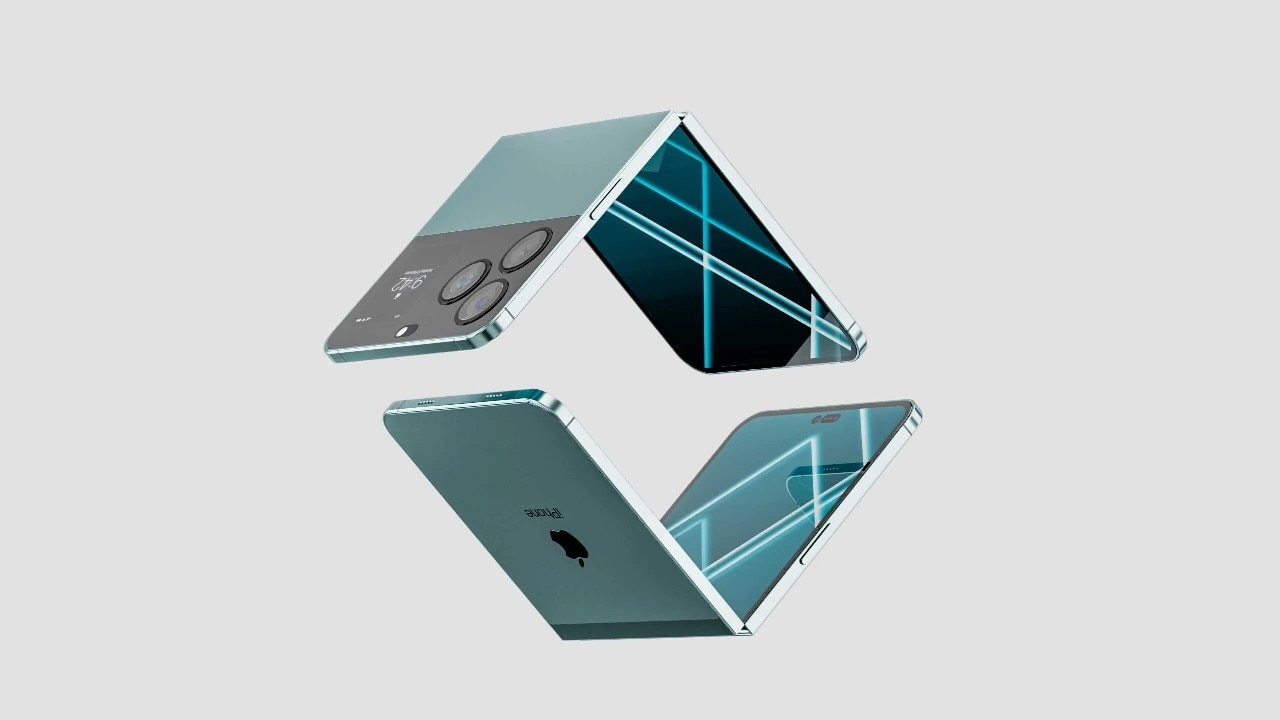According to a report from the information, the first foldable iPhone could arrive as early as 2026. Rumor has it that the Cupertino-based company is at work on a new iPhone model that will fold horizontally like the clamshell-style Galaxy Z Flip and will more or less serve the same purpose: deliver the power of an iPhone into a smaller and easier-to-carry package.
While the sales of foldable phones have been picking up steadily, these types of smartphones still represent a minuscule fraction of the global smartphone market. If Apple is looking for ways to sell more iPhones by launching a fold, like many pundits suggest, it’s not a given that offering a foldable might be a relevant or impactful enough answer.
Foldable screens still offer a subpar experience compared to non-foldable ones, plus they need expensive servicing from wear and tear way more often, making foldable (especially flip) phones a less sustainable and less repairable type of device.
Moreover, what’s rarely spoken of is how bad the longevity of foldable phones still is. Manufacturers have been improving the design and the engineering of foldables commendably over the years, but some compromises are still inevitable. Foldable screens still offer a subpar experience compared to non-foldable ones, plus they need expensive servicing from wear and tear way more often, making foldable (especially flip) phones a less sustainable and less repairable type of device. While this is economically viable for a small fraction of devices sold, how would Apple go about millions and millions of foldable iPhones needing expensive repairs more often?
Considering how Apple has been evolving the iPhone to prioritize longevity and resistance, a foldable phone would also significantly steer Apple away from its strategy.
.jpeg.foto.rmedium.jpg)
Moreover, there is no way that Apple designers and engineers would accept shipping a phone with a visible and tangible crease along the screen like the one every clamshell foldable still comes with.
This means that to launch a foldable, Apple would have to invest heavily to solve fundamental engineering issues that even a competitor like Samsung, which produces its own displays and has iterated on the design for more than six years, hasn’t been able to solve yet. When it comes to manufacturing its own displays, Apple doesn’t seem to have the best track record. The company has tried to manufacture its own microLED displays before but, according to multiple reports, stopped doing that earlier this year, folding that project for good (pun intended).
This means that to launch a foldable, Apple would have to invest heavily to solve fundamental engineering issues that even a competitor like Samsung, which produces its own displays and has iterated on the design for more than six years, hasn’t been able to solve yet.
With all this in mind, there is obviously still a chance that one of the richest and most powerful tech companies in the world could wage its bet on foldable phones. If there’s any company that might crack the foldable problem, that’s certainly Apple. In that case, the marketing department will have a gigantic “why” to answer to. While Samsung’s marketing has been able to sell a lot of foldable phones, these type of devices (especially flip phones) seem to sell mostly for one reason: they are more compact and fit better in a pocket or a bag. While that might be enough for Samsung to accept the enormous compromises that come with foldable screens (such as a lower quality of the screen and the extremely annoying crease), it won’t certainly be enough for Apple. The company does compromise on user-facing features, like everyone else, but it would never do that impact directly on a fundamental piece of the iPhone experience, such as the Liquid Retina Display.
The images in this article depict a foldable iPhone concept envisioned by designer Antonio De Rosa, and are in now way representative of how a potential foldable iPhone could look like.









